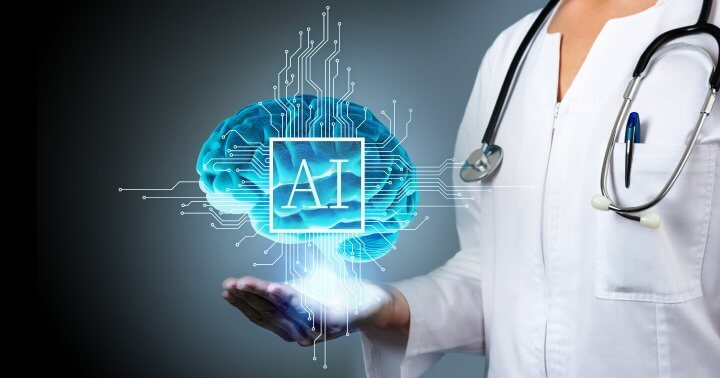Artificial Intelligence revolutionizes diabetes care, enhancing quality of life
 The use of artificial intelligence in insulin application and continuous monitoring of blood sugar will lead to rapid and significant changes in diabetes treatment, a doctor told Anadolu. Individuals diagnosed with type 1 diabetes in childhood have to take insulin externally throughout their lives to be able to eat. Insulin needs to be administered at least four times a day, and the attention-demanding management of diabetes can make life challenging.
The use of artificial intelligence in insulin application and continuous monitoring of blood sugar will lead to rapid and significant changes in diabetes treatment, a doctor told Anadolu. Individuals diagnosed with type 1 diabetes in childhood have to take insulin externally throughout their lives to be able to eat. Insulin needs to be administered at least four times a day, and the attention-demanding management of diabetes can make life challenging.
According to Professor Doctor Filiz Mine Cizmecioglu Jones, Head of the Department of Pediatric Endocrinology and Diabetes at Kocaeli University Faculty of Medicine, with the introduction of artificial intelligence systems that mimic the pancreas, days have begun when patients do not have to think about their diabetes. AI-supported sensors and pumps continuously monitor patients' blood sugar, automatically adjust insulin doses, and improve the quality of life for patients.
Jones told the Anadolu correspondent that patients and their families need to know how to manage diabetes because there won't always be a doctor or nurse by their side, so diabetics know how to manage the disease as much as many healthcare professionals.
She explained that before the discovery of insulin, the lifespan of type-1 diabetics was very short, and despite the discovery, managing 24 hours by measuring blood sugar from the finger four times a day and injecting insulin four times is challenging.
'We can make sensor and pump talk with AI help'
Jones pointed out that the second turning point after the discovery of insulin was the emergence of continuous blood sugar monitoring and continuous insulin delivery systems, saying:
"Now there are systems that measure blood sugar every 5 minutes from tissue fluid. Systems that are the size of a coin. We apply this to the skin surface, such as the arm, abdomen, or any part of the body. There is a small cannula (a flexible tube with both ends open) going under the skin.
"This cannula measures blood sugar from the fluid between the tissues with great accuracy and shows whether the blood sugar will rise or fall in the next half-hour, how much it will rise or fall, and whether it is stable. These sensors have opened up a significant breakthrough, and there has become a significant difference between pricking the finger to look at the sugar and monitoring the sugar with the sensor," she said.
Jones also informed that in recent years, pumpless pumps that continuously deliver insulin have arrived in the country, and with the help of artificial intelligence in the application where the sensor and pump are attached, communication is established between these devices.
Jones said, "Continuous insulin delivery systems cut off insulin delivery if blood sugar is likely to drop based on the tendency to rise or fall. If blood sugar rises after eating, they balance blood sugar by injecting small doses of insulin. We can make the sensor and insulin injection pump talk with the help of artificial intelligence, ensuring that blood sugar stays within the target range. This, in my opinion, is the second turning point in diabetes treatment after the discovery of insulin. Now, with artificial intelligence entering everything, especially with the continuous application of insulin and monitoring of blood sugar, it will cause very rapid and significant changes in diabetes treatment."
Making sensor and pump talk is an artificial pancreas
Jones emphasized that patients want to live their lives without thinking about diabetes, stating:
"In other words, we say to them, 'Our pancreas is no longer working. Instead, you will put your brain.' They will have to think continuously. 'If I eat this, how many carbohydrates will come? How much insulin should I make to lower my blood sugar? How will activity affect it?' However, these systems, with the help of artificial intelligence, recognize the diabetic, allowing them to continue their daily life activities without thinking too much and providing a chance for a healthy life."
Jones said that with artificial intelligence, days have begun when patients do not think about their diabetes, and even from last year to this year, there has been a lot of change. "To make the sensor and pump talk is actually an artificial pancreas. Making the sensor and pump, a closed system, talk actually means being able to apply the artificial pancreas to the skin surface," she added.
The professor stated that economic barriers need to be overcome for the widespread use of these systems, and diabetic children can live much healthier, longer lives with pumps and sensors and can lead normal lives.
*Writing by Alperen Aktas from Istanbul









